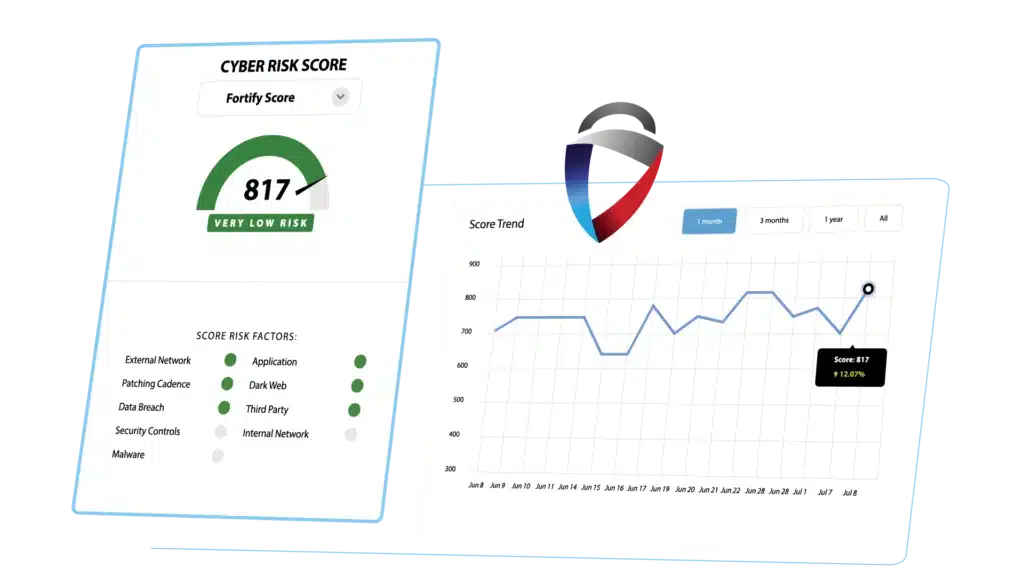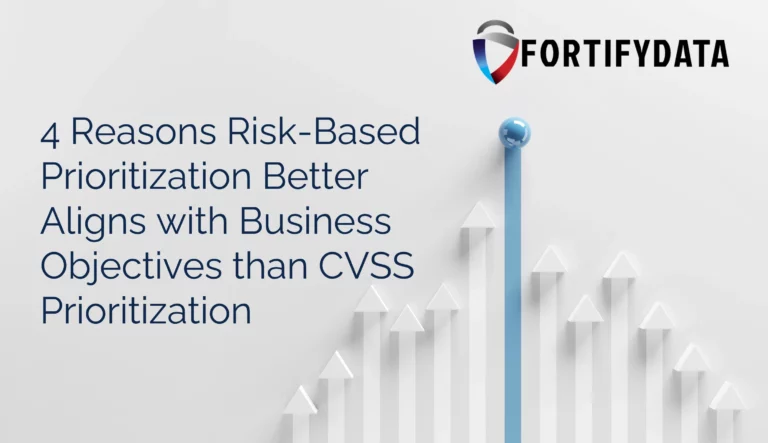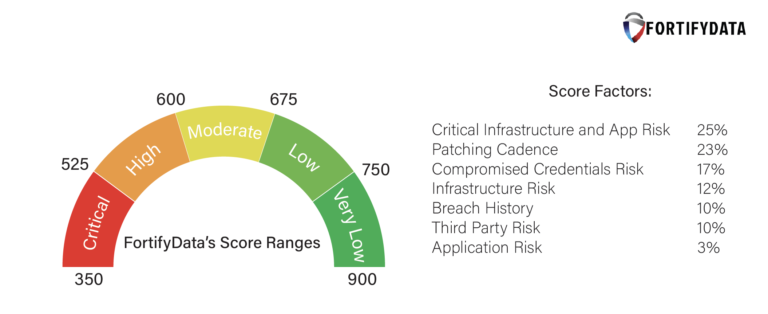
Enhancing Security Ratings with Context Unveiling the Power of Asset Classification and Threat Likelihood In today’s interconnected digital landscape,…
"This is an excellent starting point for any organization that wants to get serious about their cyber risk management. The system has the capability to grow as you become more sophisticated in your use"
IT Director
Services Industry
Standardised cyber security performance metrics are essential for evaluating and comparing the effectiveness of security practices between different organisations. However, there can be challenges in defining and implementing these metrics, like a security rating, due to a lack of uniformity and consensus in the industry.
Would a manufacturer or retailer be assessed to the same granularity as a bank? Every business has different criteria, different geographic considerations, different regulatory pressures and unique IT environments. So how can companies get a more representative measurement of a company’s cybersecurity risk profile? Customize and tailor cyber security ratings performance metrics to get holistic risk representation to better compare the effectiveness of security practices.
FortifyData helps mitigate these problems in a number of ways:
Customisation and adaptation: FortifyData is configured to adapt to the specific security needs of each organisation. This means that metrics and performance indicators – the factors and weightings of those factors that measure the security performance – can be configured to reflect a company’s unique security objectives. This also takes into account its specific threats, infrastructure and requirements. At all times you can compare yourself with other companies within the same industry or specific companies using FortifyData.
Review FortifyData’s configurable cyber risk score methodology for security ratings, the risk factors and range to adjust the weightings on the score.

Integration of various data sources: The platform can integrate data from various security tools and sources, unifying different sets of metrics, and includes them in the comprehensive analysis of cyber risk. This allows for a more comprehensive view of security performance, despite the diversity of sources and systems used by the organisation.
Customised comparative analysis: FortifyData can help with comparative analysis not only based on industry-standard metrics, but also taking into account a company’s specific and customised metrics. This allows for a more relevant and meaningful comparison between organisations, their own specified benchmarks, and industry benchmarks without compromising the individuality of security parameters.
Expert feedback and guidance: The team behind FortifyData can offer expert guidance on the most relevant and effective security metrics for a given company, considering its sector, size and threat profile.
Context-based: The FortifyData platform can take into account asset classification and can also enrich risk findings with cyber threat intelligence from multiple sources to provide a context-based security rating. This helps inform the risk of businesses with active exploitable vulnerabilities or targeted by threat groups. This provides more context-based findings and remediation recommendations in a risk-based vulnerability management program for business-critical assets to the organization.
Continuous updates and adaptations: In a constantly evolving environment, FortifyData can adapt and update its metrics and evaluation methods to keep up with changes in security threats and industry best practices.
While standardisation is important for broad comparisons and benchmarking, the flexibility and adaptability of the metrics offered through the configurable cyber risk models by FortifyData allow for a more holistic approach tailored to the specific needs of each organisation, thus avoiding problems associated with the broad representation of standardised metrics. Start a trial to see how vendors are evaluated and see a more holistic analysis of the cyber risk they present to your organization.



| Cookie | Duration | Description |
|---|---|---|
| cookielawinfo-checkbox-analytics | 11 months | This cookie is set by GDPR Cookie Consent plugin. The cookie is used to store the user consent for the cookies in the category "Analytics". |
| cookielawinfo-checkbox-functional | 11 months | The cookie is set by GDPR cookie consent to record the user consent for the cookies in the category "Functional". |
| cookielawinfo-checkbox-necessary | 11 months | This cookie is set by GDPR Cookie Consent plugin. The cookies is used to store the user consent for the cookies in the category "Necessary". |
| cookielawinfo-checkbox-others | 11 months | This cookie is set by GDPR Cookie Consent plugin. The cookie is used to store the user consent for the cookies in the category "Other. |
| cookielawinfo-checkbox-performance | 11 months | This cookie is set by GDPR Cookie Consent plugin. The cookie is used to store the user consent for the cookies in the category "Performance". |
| viewed_cookie_policy | 11 months | The cookie is set by the GDPR Cookie Consent plugin and is used to store whether or not user has consented to the use of cookies. It does not store any personal data. |